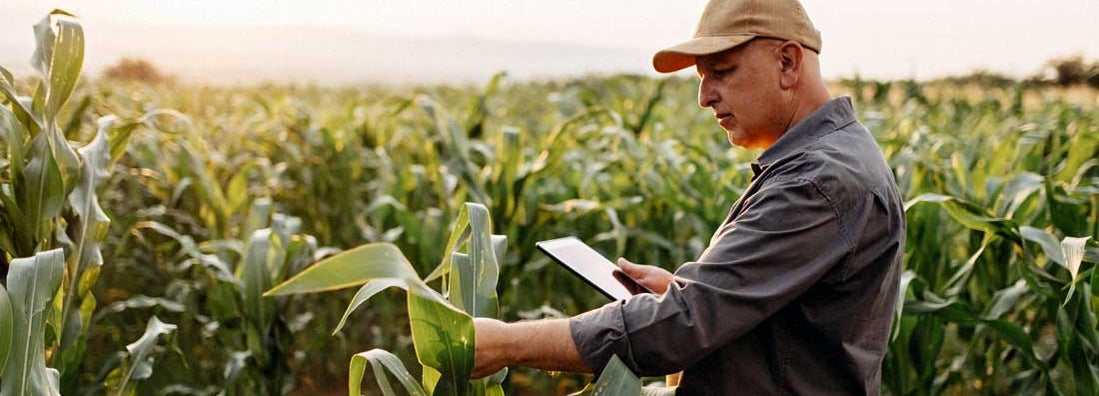Farming is the backbone of rural America and a crucial sector for national food security. However, it also comes with significant financial risks—from unpredictable weather and natural disasters to market fluctuations and equipment breakdowns. Farming insurance, also known as agricultural insurance, plays a vital role in protecting farmers against these uncertainties, ensuring their operations remain viable even in challenging times.
What is Farming Insurance?
In the presence of employees, it is typically mandated by law to have workers’ compensation insurance.
-
Crop damage
-
Livestock loss
-
Equipment and property damage
-
Liability claims
-
Revenue shortfalls
These policies can be tailored to the size and type of farm, covering everything from small family-owned farms to large agribusinesses.
Types of Farming Insurance
1. Crop Insurance
Provides coverage for losses resulting from natural disasters like drought, flooding, hail, and pest issues.
It includes:
-
Multiple Peril Crop Insurance (MPCI): Covers a wide range of risks.
-
Crop-Hail Insurance: Often purchased privately, covering hail damage.
-
Revenue Protection Insurance: Guarantees income based on expected yield and price.
2. Livestock Insurance
Safeguards livestock from mortality or injury caused by diseases, accidents, or natural calamities.
The USDA also offers products like:
-
Livestock Risk Protection (LRP)
-
Livestock Gross Margin (LGM)
3. Farm Property and Equipment Insurance
Covers buildings, barns, silos, irrigation systems, and machinery like tractors and harvesters against damage or theft.
4. Liability Insurance
Protects against legal claims if someone is injured on the farm or if products cause harm.
5. Farm Income Insurance
Reimburses for income losses resulting from production deficiencies or market disturbances
Federal Crop Insurance Program (FCIP)
Administered by the USDA’s Risk Management Agency (RMA), the FCIP provides subsidized insurance for crops and livestock. Private insurers sell and service the policies, but the federal government assumes part of the risk and cost.
Key features:
-
Available for over 100 crops.
-
Premium subsidies make coverage more affordable.
-
Essential for risk management planning on farms.
Major Farming Insurance Companies in the U.S.
Several companies offer agricultural insurance, often partnering with the USDA. Here are some of the leading providers:
1. Nationwide Agribusiness Insurance
-
One of the largest farm insurers in the US.
-
Offers property, liability, auto, and umbrella coverage.
-
Specializes in both small and commercial farms.
2. American Farm Bureau Insurance
-
Associated with state-level Farm Bureaus.
-
Offers crop, livestock, and property insurance.
-
Strong presence in rural communities.
3. RCIS (Rural Community Insurance Services)
-
A leading provider of crop insurance.
-
Works under the USDA’s federal crop insurance program.
-
Offers tools for precision agriculture integration.
4. Farmers Mutual Hail Insurance Company of Iowa {FMH}
-
Specializes in crop insurance and precision farming tools.
-
Offers multi-peril, crop-hail, and reinsurance products.
5. ProAg (Producers Ag Insurance Group)
-
Operates nationwide under the FCIP.
-
Offers a wide range of crop insurance products.
-
Strong customer service and technology tools.
6. Great American Insurance Group
-
Provides coverage for agribusinesses and family farms.
-
Includes specialty insurance for wineries, equine operations, and more.
Why Farming Insurance Matters
-
Risk Management: Reduces exposure to financial losses from uncontrollable events.
-
Business Stability: Helps secure financing and maintain operations.
-
Peace of Mind: Allows farmers to focus on production and sustainability.
Conclusion
Farming insurance is an indispensable tool for protecting the livelihood of America’s agricultural producers. With the increasing risks posed by climate change, market volatility, and technological investments, comprehensive insurance coverage is more important than ever. Whether through federal programs or private insurers, the right insurance policy can make the difference between recovery and ruin for a farm.





